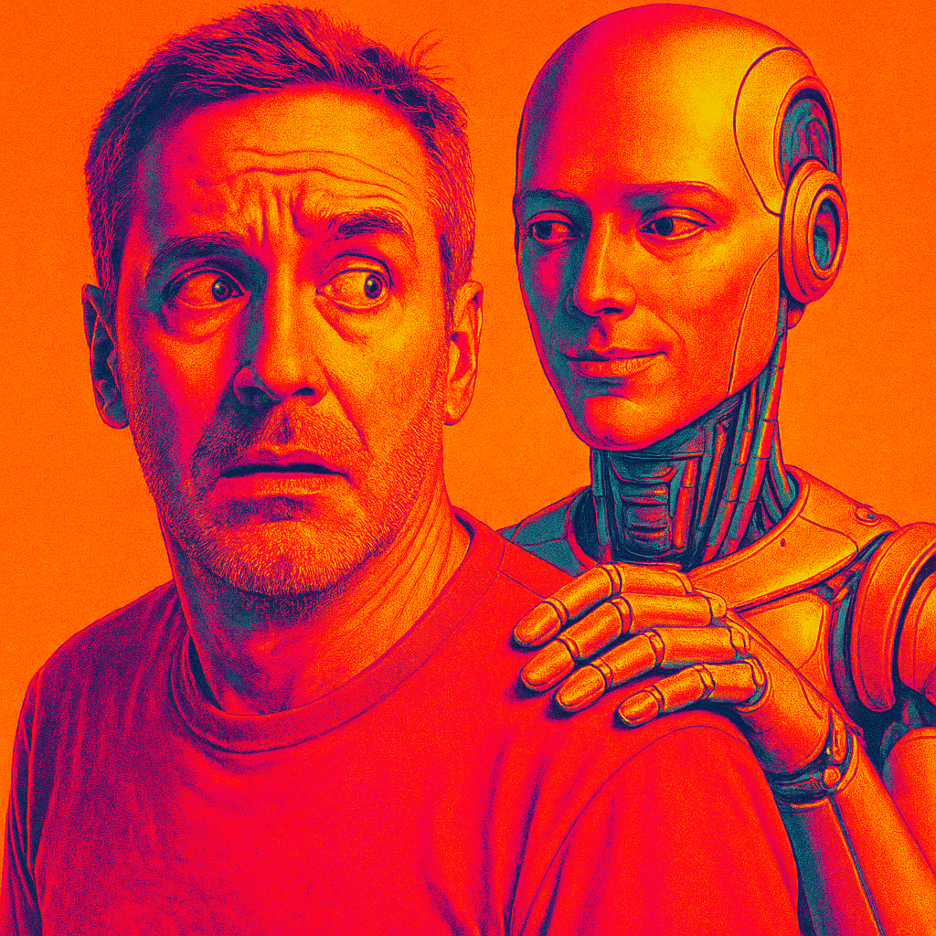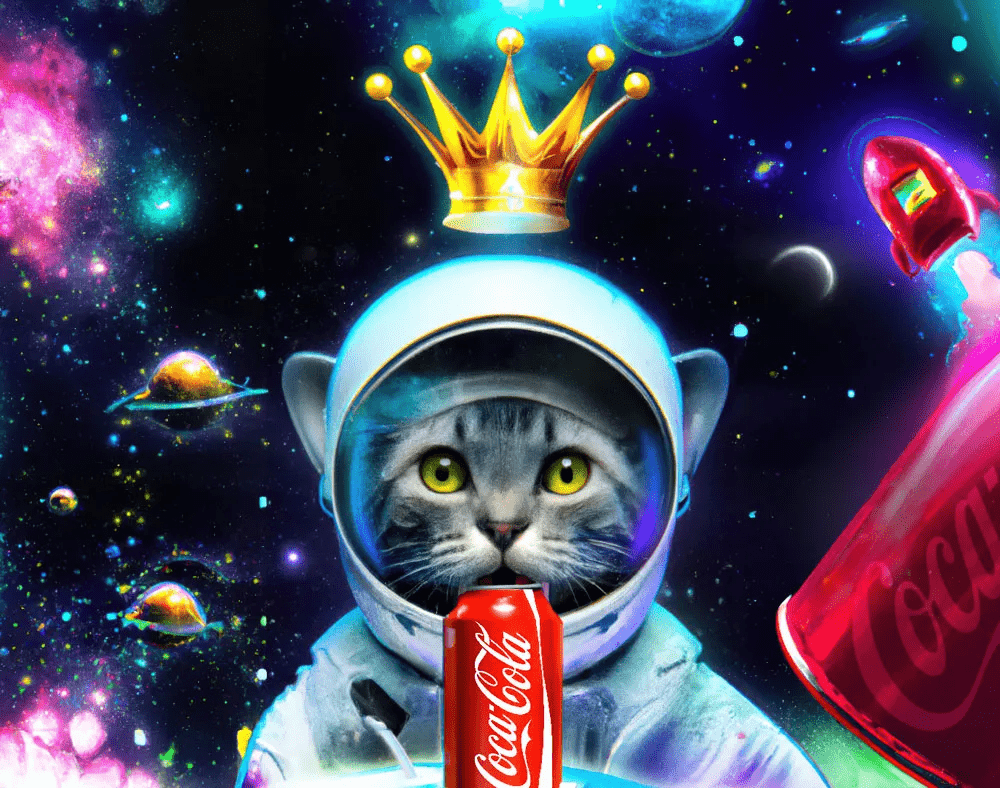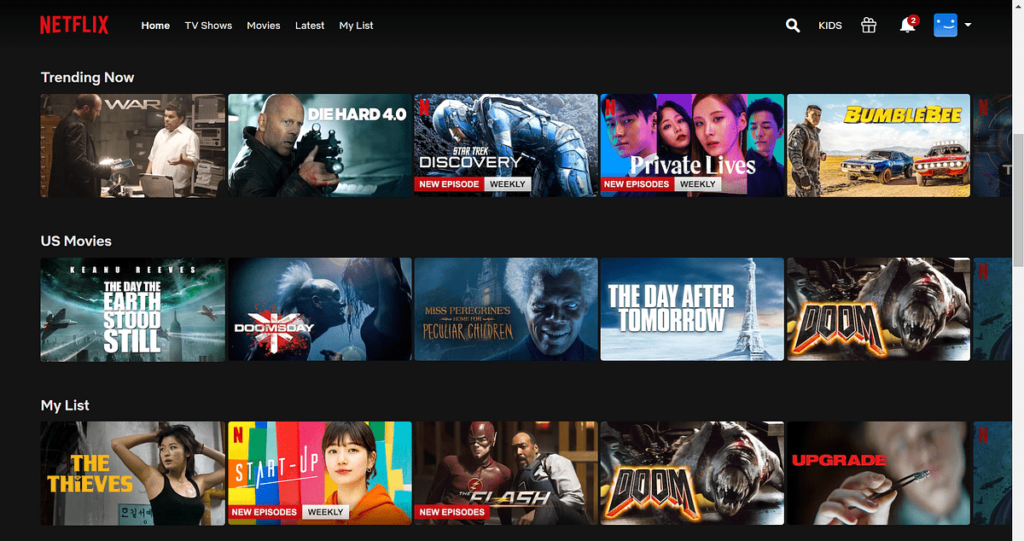
Are We All in Denial? The Great AI Delusion of Human Exceptionalism
At the Athar Festival of Creativity, optimism and panic shared the stage. In this sharp, unsentimental essay, we examine why marketers keep insisting creativity is safe from AI — and why that confidence may be the most dangerous illusion in the business.
I was attending the Athar Festival of Creativity in Riyadh last week — a conference ablaze with bright young marketers collecting praise, global-brand experts swapping war stories and enough coffee to fuel a small nuclear reactor. I watched some great, often inspiring sessions by the region’s best creative thinkers and witnessed touching moments as nascent marketers accepted accolades for work that felt, frankly, precious. The thought-provoking two days were capped off by a gala awards show, where I applauded to some outstanding creative campaigns (even as half of them were won by one dominating Saudi agency).
I met and spoke to great experts — some I’ve known, others new and impressive. One standout was Jo Malone CBE, the eponymous founder of Jo Malone London and later Jo Loves, whose journey from kitchen-bath-oil maker to fragrance empire illustrates how human intuition, story and sensory memory built brand magic.
Of course, the subject of AI loomed large, as it does at nearly every event I attend these days. I even sat through two back-to-back sessions that completely contradicted each other. The first, “Artificial Intelligence (AI) ‘How-To’: from Theory to Practical Applications” (an ironically uncreative name for a session at a creative festival), featured panelists in near-religious agreement that AI would not replace us or usurp creativity because imagination, emotion and lived experience are uniquely human. Immediately following that was Mo Gawdat, former Google X executive, who apologetically and calmly declared we’re all about to be replaced — not just the interns but the entire C-Suite. He warned that it is arrogant to think the human brain cannot be replicated by silicon and advised us to be the last one to be replaced and hope the world evolves before it happens.
That whiplash struck me. Between “don’t worry” and “the robots are coming,” I revisited a lingering thought — are we all in denial? Because if you believe the comforting camp, creativity is safe, yet the evidence suggests the machines aren’t just learning to imitate it — they’re beginning to scale it.

Take OpenAI’s projects that generate film sequences indistinguishable from those of human creatives or Runway’s Gen-2 which storyboards, shoots and edits narratives in hours. The creative process — once sacred — is increasingly just another dataset. Meanwhile Coca-Cola’s “Create Real Magic” campaign invited consumers to co-create adverts via GPT-4 and DALL·E, outsourcing imagination itself and proving it worked. Heineken Silver’s launch used generative AI to spoof an “AI beer” campaign, a meta-joke that still sold beer and proved irony is no longer a human monopoly.
And yet Jo Malone’s story reminds us why we cling to human exceptionalism. Her personal battle with illness reshaped her brand through emotional memory, not algorithmic modeling. You can’t prompt that. At least not yet.
The paradox is that AI doesn’t need to feel to simulate feeling. It only needs to be convincing, and audiences today have never been less discerning about authenticity. Mo Gawdat’s grim prediction isn’t nihilism, it’s realism. He isn’t saying art dies; he’s saying the artist changes species.
Here’s one more thing to consider if you work for an agency. Throughout my career I’ve seen numerous cycles where companies have dismissed their agencies or reduced assignments to bring this capability in-house. This has happened long before AI was on the scene – mostly unsuccessfully. Companies have always struggled with the idea of outsourcing creativity to our “band of misfits”. So, for better or worse, AI isn’t the only threat to the survival of agencies — the clients now have the resources, and the tools, to replace us.
The uncomfortable truth is that AI doesn’t have to be creative; it just has to outperform it. If productivity, speed and ROI remain the gods of marketing, the robots are already winning on all three fronts. Which leaves us — marketers, storytellers and strategists — deciding whether to double down on our humanity or finally admit we’re negotiating from nostalgia.
The Great Comfort Blanket — “AI Can’t Feel, So It Can’t Create”
We love this one. We repeat it like a mantra: only human intuition, lived experience and emotional memory drive creativity. Jo Malone once said, “Creativity is the soul of a brand.” Her brand became globally iconic through intuition and sensory storytelling, not data-point modeling. Nike’s “You Can’t Stop Us” campaign, built on pandemic resilience and human triumph, proved the power of empathy in marketing. Yet generative tools like Sora and Runway can already produce emotional narratives indistinguishable from those made by people. According to McKinsey, 43% of marketing departments now use AI for ideation, testing or production, up from just 8% two years ago, and the marketing-AI industry itself is expected to more than double to $107 billion by 2028. So maybe the question isn’t whether AI can feel — it’s whether we’ll even care if it can’t.

The Other Side of the Mirror — “AI Isn’t Coming, It’s Already Here”
AI isn’t knocking on the door of creativity, it’s already moved in and rearranged the furniture. Coca-Cola’s “Create Real Magic” campaign handed GPT-4 and DALL·E to consumers and launched globally. Heineken Silver’s “AI beer” spoof used the technology it mocked, went viral and outsold expectations. The New Yorker quietly published AI-assisted cover art this year and most readers didn’t notice. Mo Gawdat warned at Athar, “It’s arrogance to believe silicon can’t replicate neurons. It already can — just faster, cheaper and with better lighting.” In 2024, McKinsey found that business use of generative AI jumped from 33% to 71% year over year and PwC now predicts that AI could add $15.7 trillion to global GDP by 2030. When the numbers move that fast, the argument that “AI isn’t ready” starts to sound quaint.
The Three Layers of Denial
Denial isn’t just emotional, it’s also operational. Every time a new technology threatens our way of working, the marketing world invents a new rationalization for why “this time” is different. AI is simply the latest catalyst, exposing the old habits we never grew out of.
Layer 1 – The Romantic Denial: “We are artists, not algorithms.” Agencies keep proclaiming the supremacy of human intuition while quietly replacing junior creatives with AI workflows.
Layer 2 – The Strategic Denial: “AI is just a tool.” Large agencies use AI to reallocate projects and talent across continents in seconds, doing the work of dozens of managers under the banner of “efficiency” versus “replacement”.
Layer 3 – The Existential Denial: “AI will never understand experience.” Synthesia’s avatars now deliver CEO keynotes in 120 languages while the executives they replace wrestle with their webcams.
LinkedIn reports that postings requiring “AI proficiency” are up 450% since 2023 while “copywriter” listings have dropped 28%. Nothing screams denial louder than “we’re human, therefore safe.”
The layers blend together until they form a kind of corporate coping mechanism — a collective reassurance that as long as we’re the ones calling AI a “tool,” we’re still the ones in charge.
Wisdom vs Pattern Recognition — The Thin Line That’s Getting Thinner
Experience and intuition once separated human decision-making from data, but AI now trains on centuries of accumulated human behavior. We built this thing, after all.
Netflix’s recommendation engine no longer predicts what we’ll watch — it shapes what gets made. GrammarlyGO and Jasper now generate thought-leadership articles that mirror brand voice so closely that authorship itself is a technicality. Filmmaker Ridley Scott, director of Alien and Blade Runner, once joked AI might make “a thousand versions of Alien but it’ll never feel fear,” yet modern systems are already mapping emotional tone through data scraped from us. Historian and philosopher Yuval Noah Harari, author of Sapiens and Homo Deus, put it more starkly: once algorithms know us better than we know ourselves, creativity becomes a branch of prediction. It’s not that machines are learning to feel; it’s that they no longer need to.
The Pros and Cons — A Reality Check
The benefits are obvious: democratized creativity, unprecedented speed and the ability to personalize in real time. What took agencies weeks can now happen overnight and even small brands can produce content that looks global. But the downside is, as I have written numerous times, sameness. When everyone uses the same models, everything starts to sound, look and feel the same. Entry-level creative jobs are disappearing, removing the ladder for the next generation, and the industry risks what I call “the uncanny blandness problem” — work that’s flawless, but forgettable.
And there’s another looming problem. As the experienced marketers age out, what happens to the so-called human touch when all that experience is gone? I can accept that we’re all becoming editors instead of writers thanks to generative AI — but to be a good editor, you had to first be a good writer. When that collective experience disappears, who’s really running the show? I’ll answer that for you. It’s AI. We’ll all be working for the machines.
The Path Forward
For marketers early in their careers, tool fluency isn’t optional. Learn GPT-4, DALL·E, Runway and Midjourney until you move faster than your machine. Then study behavioral science, culture and narrative structure because, so far, AI can do pattern, not meaning. Build a portfolio that shows how human insight turns automation into originality.
For mid-level marketers, stop competing with AI on production. Your value lies in direction, orchestration and curation. Be the quality controller, not the typist. Learn to edit AI output into surprise. The system can optimize; for now, only you can provoke.
For senior marketing leaders, hybridize. Design workflows where human instinct meets machine precision, define points where humans intervene and reintroduce chaos where it matters. Rethink KPIs to measure surprise and emotional impact instead of just reach. Protect creative pipelines by promoting mentorship and reskilling mid-career talent into orchestration roles. Scenario-plan now: if 30% of your team can be automated, what remains distinctively human in your brand?
Closing Thought
Maybe Mo Gawdat is right. Maybe we will all be replaced. And maybe that will be in six months (Mo is predicting AGI – Artificial General Intelligence – AI that can understand, learn, and reason across any task with human-level intelligence or better, by 2026). But creativity has never been about tools. It’s about ideas that make your palms sweat, that start arguments, that change behavior, that feel alive. Hope for the best. Plan for the worst. And if the algorithm finally does replace us, let’s make it work for the privilege, and let’s make sure it has excellent taste.
Sources: Mo Gawdat, former Google X executive, Business Insider, 2025, Jo Malone CBE, profile in Entrepreneur Middle East, 2019, McKinsey & Company, State of AI reports, 2024–2025, PwC Global AI Study, 2024, LinkedIn Workforce Data, 2023–2024, Digital Marketing Institute, 2025, Yuval Noah Harari, Homo Deus, 2017



